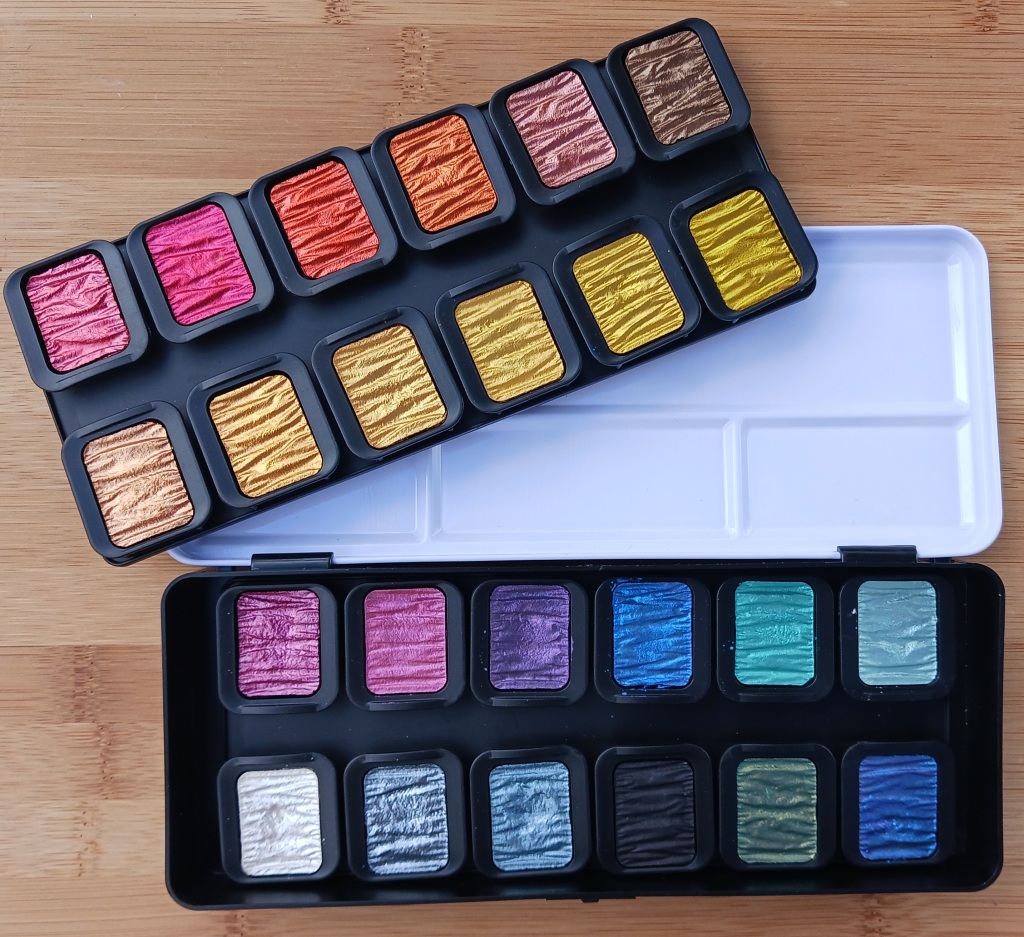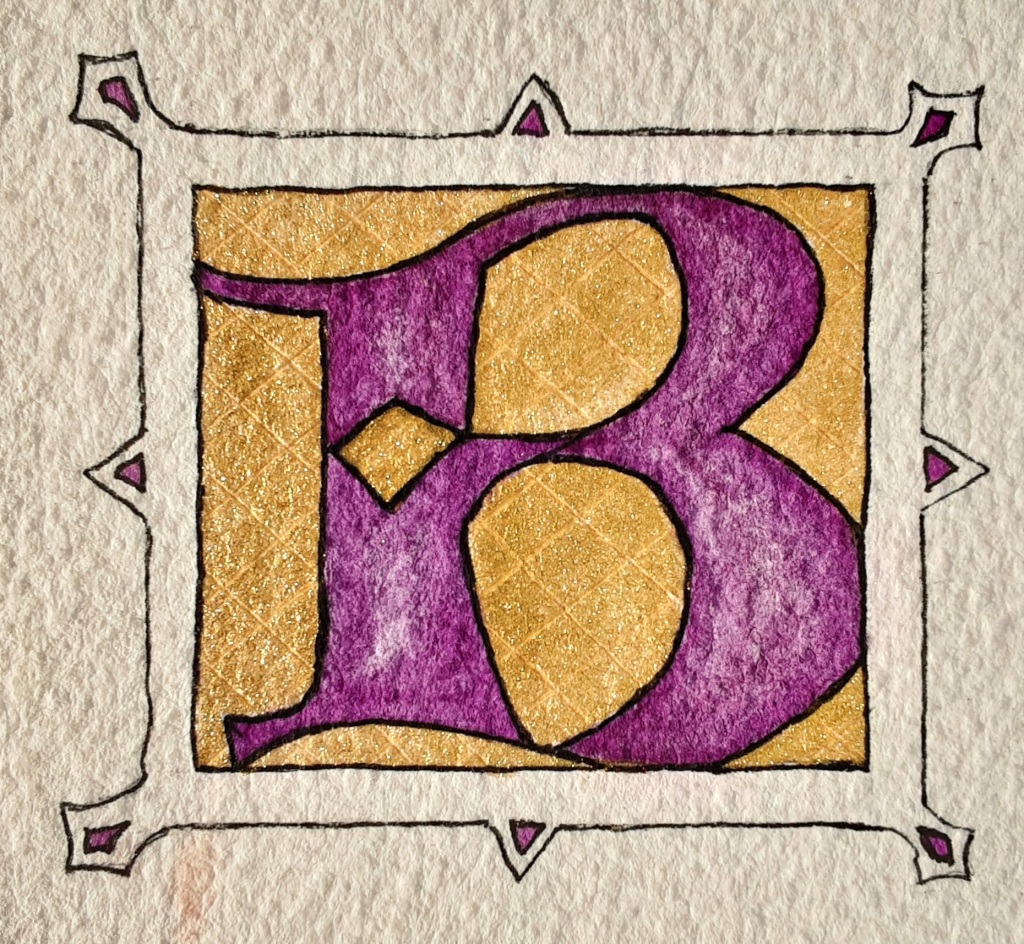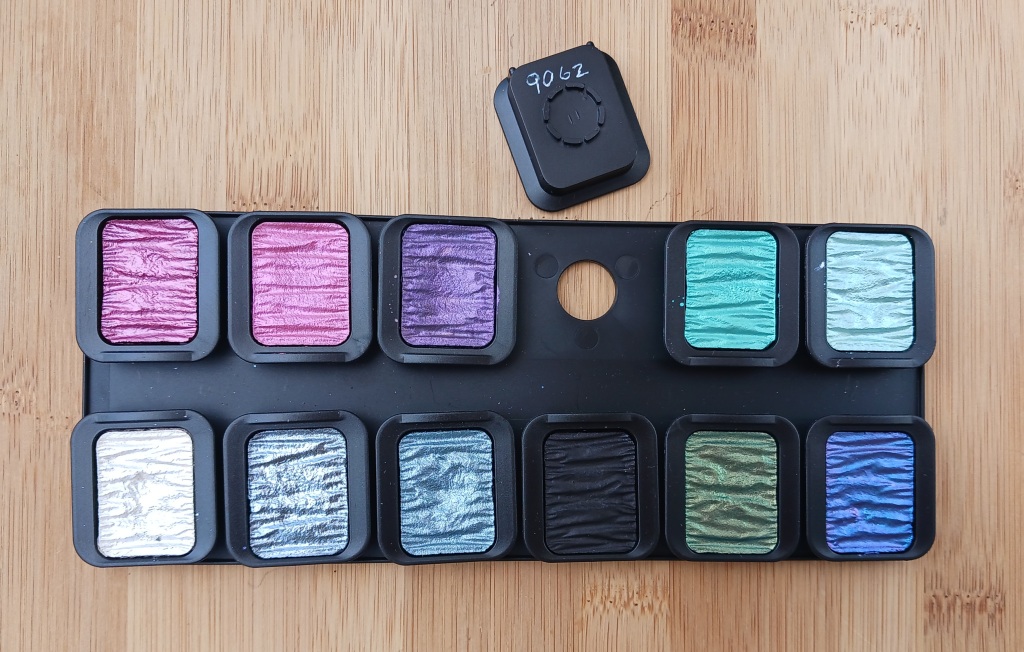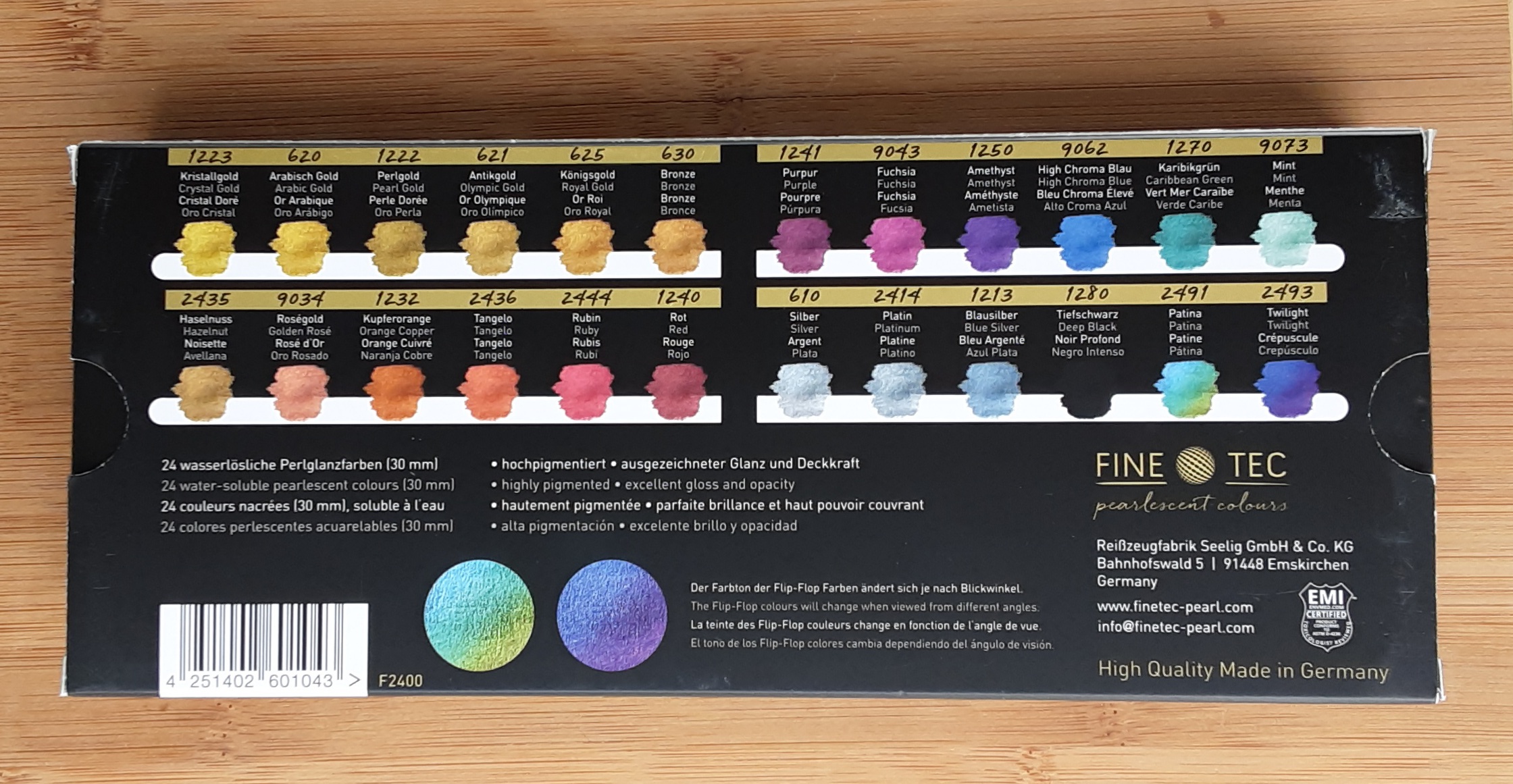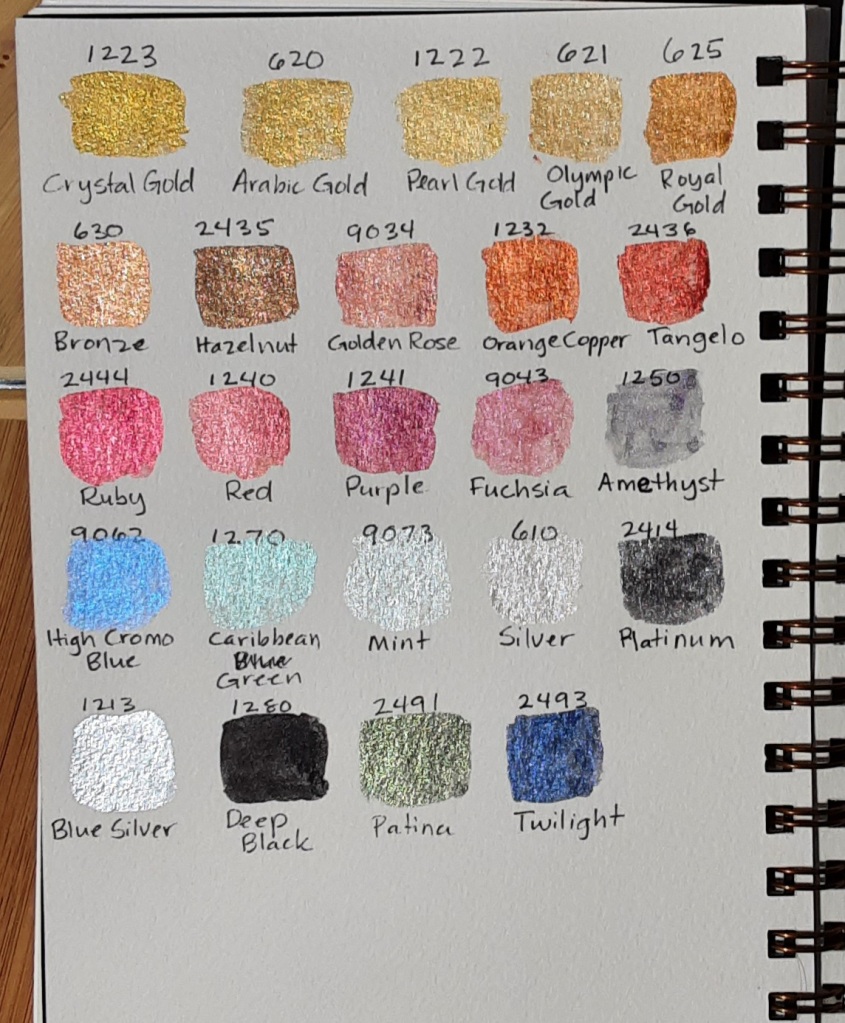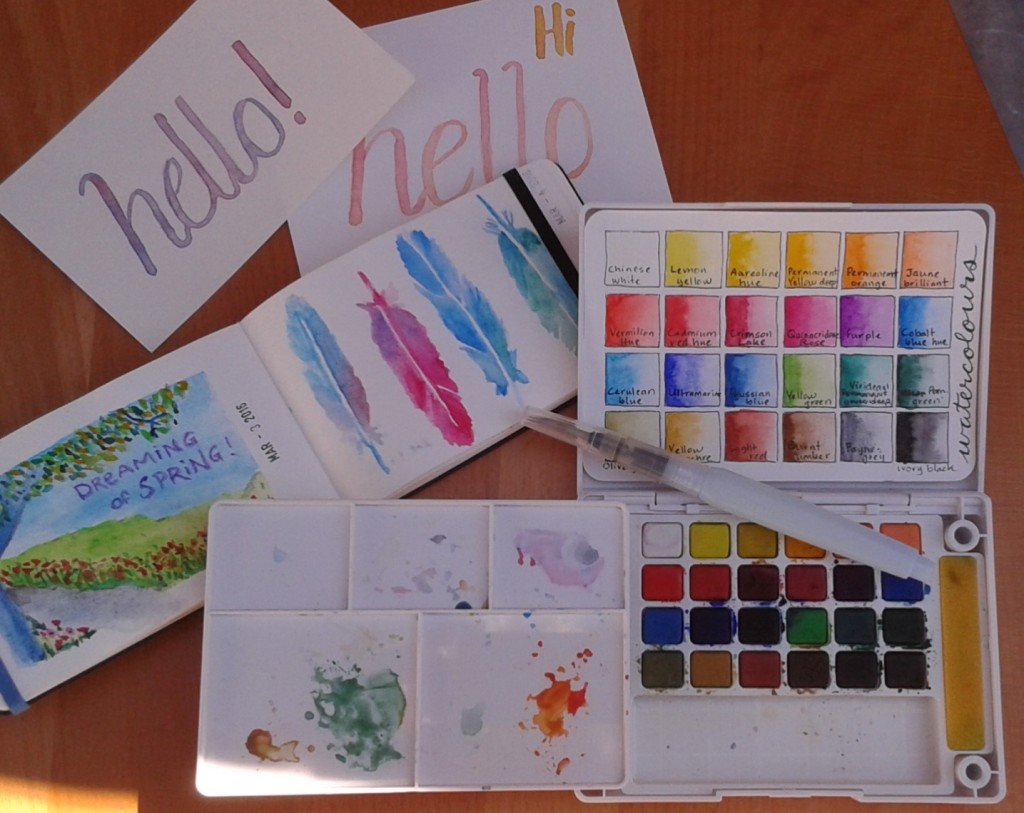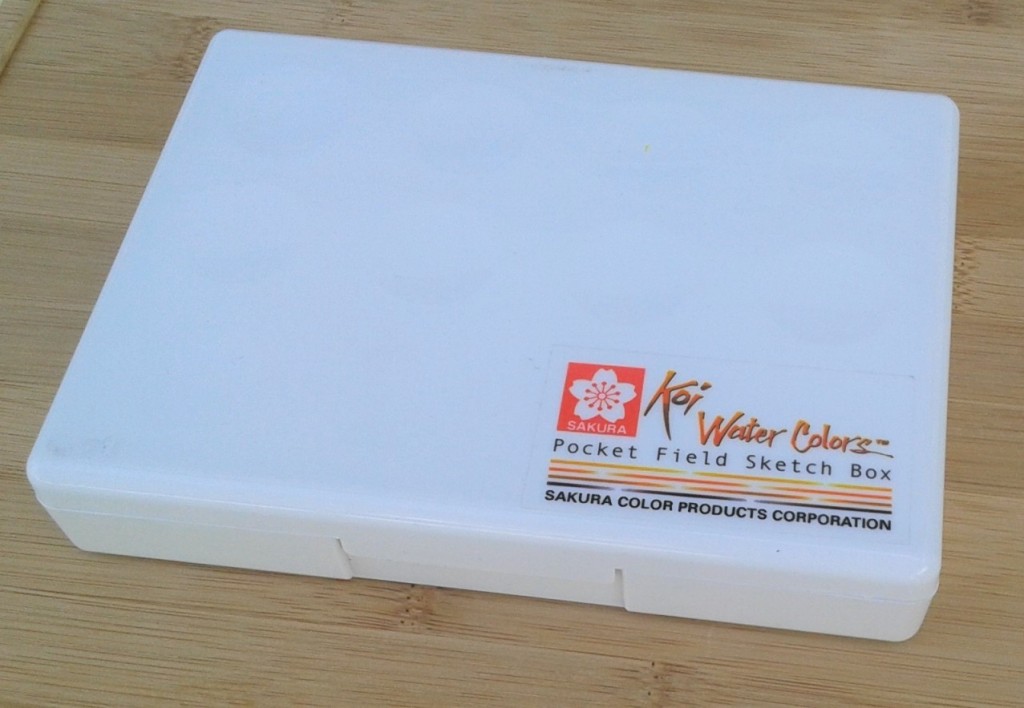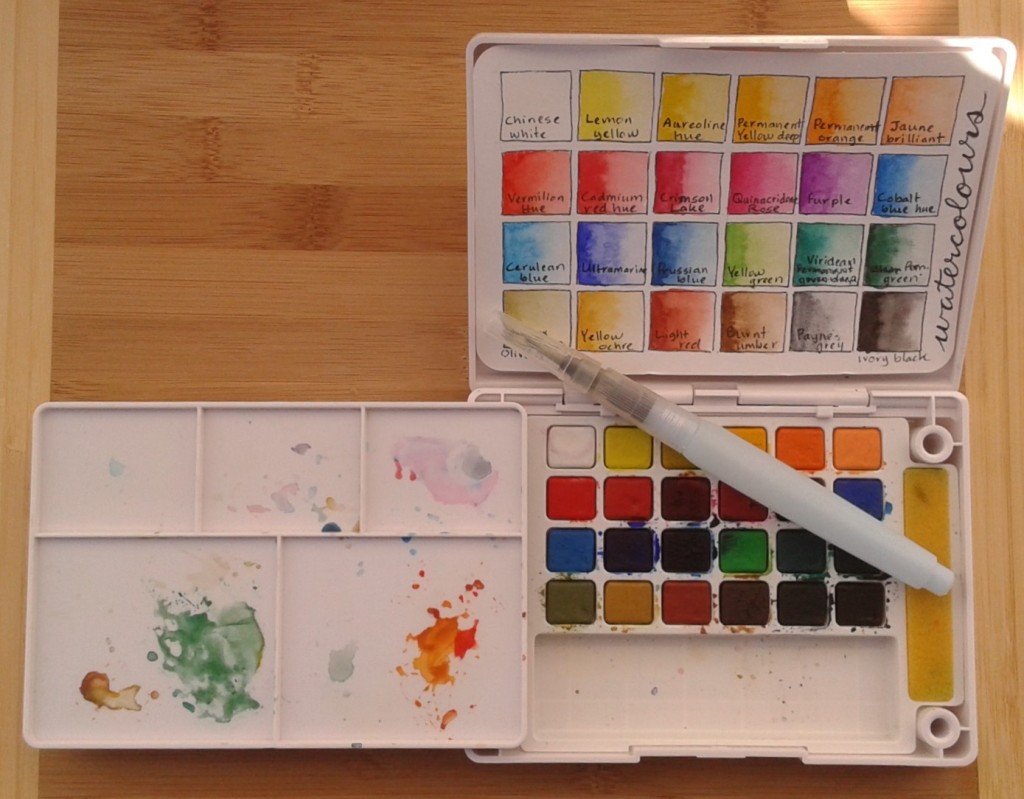
Last weekend I went to a really fun meet-up put on by the Edmonton Calligraphic Society where we made marbled papers with shaving cream and acrylic paint. If you love old books like I do, you may have seen marbled paper used as endpapers where they neatly cover and decorate the messy parts of bookbinding. The swirling designs were thought to look like marble, hence the name. These patterns are traditionally created by floating pigments and/or dyes on water that are then transferred to the paper. The water is often thickened with sizing so, as shaving cream is nearly 80 per cent water, it is not as far from the original technique as you might think.
No one knows exactly when paper marbling was invented but the process seems to have developed independently in both China and in the Middle East (Iran, Uzbekistan, and Afghanistan are all cited as early innovators of this technique). It came to Europe in the 17th century via travelers who brought back paper samples from the Middle East.
Thankfully we no longer have marbling guilds zealously guarding their techniques as they did in Europe, so Arlene Bowles was able to lead us through the steps to create the papers.








A side benefit for this activity is that your papers end up with a faint smell of shaving cream.
This was a great activity to do as a class because it is easier if you have extra space for drying but most of all from the inspiration that comes from seeing what other people come up with. Here are some of my creations:


If marbled papers were people, they would be maximalists when it comes to pattern and smell great.

